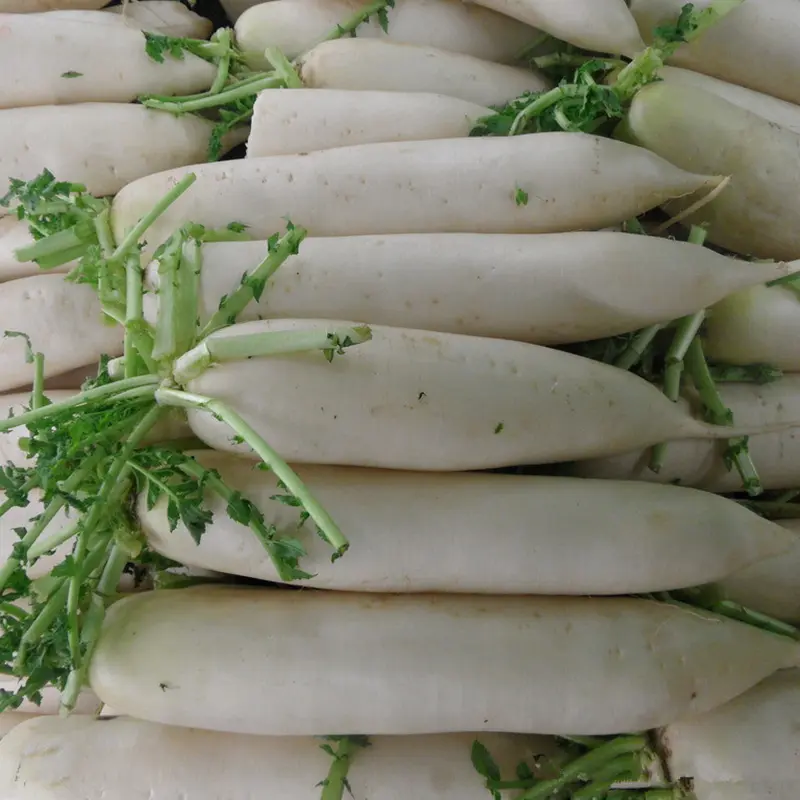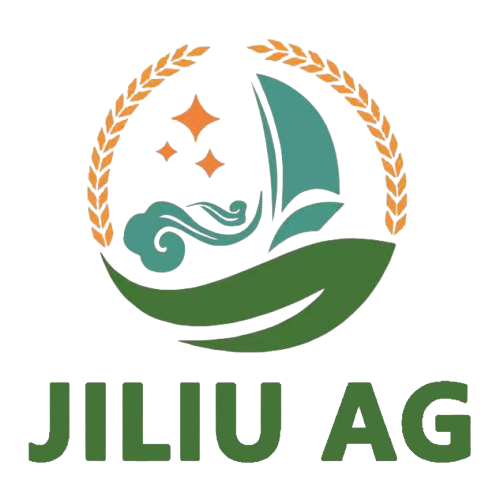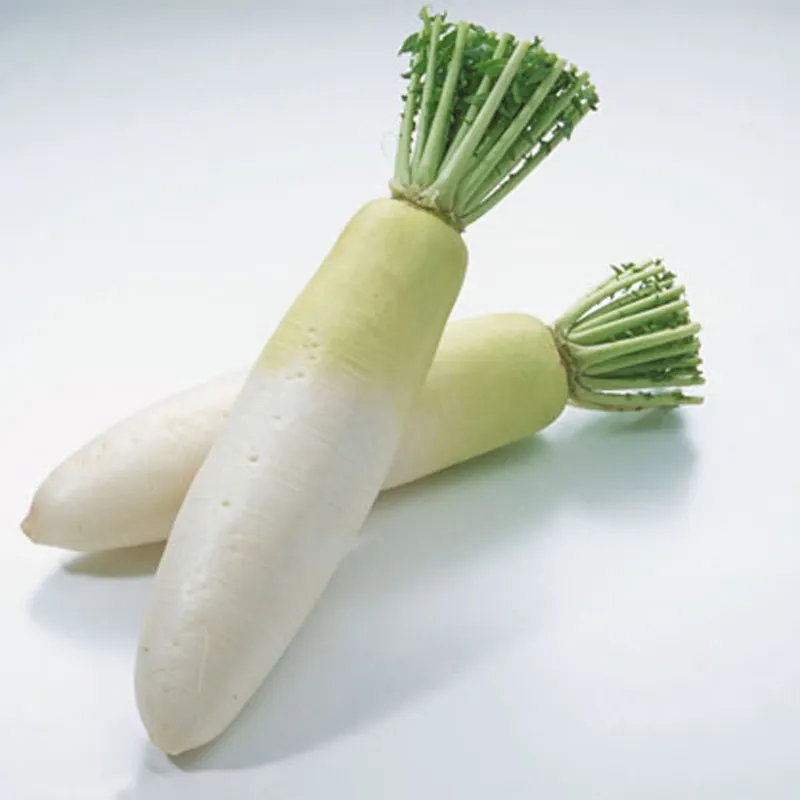Why Radish Producers in Asia Are Trusted by Global Import Markets
Radishes, though often seen as a humble vegetable, play a crucial role in global food markets. Particularly in Asia, radish production has garnered significant attention for its consistency, quality, and competitive pricing. As global demand for fresh and processed vegetables continues to grow, radish producers in Asia have become key players in the international trade arena. This article explores the reasons why these producers are trusted by global import markets and the factors that contribute to their success.
The Importance of Radishes in Global Agriculture
Rising Global Demand for Healthy Foods
The global trend toward healthier eating has significantly impacted the demand for fresh produce. Consumers are becoming increasingly aware of the health benefits of vegetables like radishes, which are rich in fiber, antioxidants, and vitamin C. As people seek low-calorie, nutrient-dense foods, radishes are emerging as a popular choice. Importers are keen on sourcing radishes from regions that can meet these growing consumer demands, and Asia has proven to be a reliable source.
Radish as a Global Culinary Ingredient
Radishes are featured in diverse culinary traditions, from Asian stir-fries to Western salads. They are also valued in pickled forms, which have gained popularity in markets outside of their traditional regions of production. This widespread use across different cuisines has prompted global buyers to seek radish suppliers who can offer consistent quality and affordable prices.

Why Asia Is the Leading Source of Radishes
Favorable Growing Conditions in Asia
Asia's diverse climate zones, particularly in countries like China, India, and Japan, provide optimal growing conditions for radishes. These countries boast long growing seasons, fertile soil, and favorable temperatures, allowing for year-round production. This consistent supply makes Asian radish producers highly reliable for global importers seeking a stable source of the vegetable.
The combination of climate and geography allows for high yields of radishes, ensuring that the supply meets the growing global demand. Importers appreciate the ability to rely on Asian producers for consistent quality and availability, reducing the risk of supply disruptions.
Advanced Agricultural Techniques
Radish producers in Asia have embraced advanced agricultural practices to improve both the yield and quality of their crops. Modern farming techniques, including the use of precision farming tools, automated harvesting systems, and innovative pest management strategies, have helped boost productivity while minimizing environmental impacts. These advancements not only enhance the quality of the radishes but also make the farming process more efficient and cost-effective.
As a result, Asian producers are able to offer competitive pricing while maintaining high standards of quality, making them attractive partners for global importers. The use of sustainable farming practices also aligns with the increasing demand for ethically sourced and environmentally friendly produce.
Price Competitiveness and Cost Efficiency
Economies of Scale in Radish Production
Many Asian countries have large-scale radish farms that benefit from economies of scale. These farms produce radishes in bulk, allowing producers to lower production costs per unit. As a result, Asian radish producers can offer prices that are highly competitive in the global market. For importers, this price advantage is crucial in staying within budget while meeting consumer demand.
Moreover, the cost-effectiveness of Asian radish production allows for a variety of pricing options, catering to different market segments, from premium products to more budget-friendly offerings. Importers have the flexibility to source radishes at prices that suit their business needs.
Export-Friendly Logistics and Infrastructure
Asia's well-established export infrastructure further strengthens the region's appeal to global buyers. Major exporting countries like China and India have efficient supply chains, including reliable transportation networks and state-of-the-art storage facilities. This infrastructure supports the smooth flow of radishes to global markets, ensuring that the product reaches importers in a timely manner while maintaining quality.
For importers, the availability of a reliable logistics network is essential for ensuring that radishes are delivered on time and in optimal condition. The efficiency of Asian exporters in handling logistics contributes to their reputation as trusted suppliers in the global market.
The Role of Sustainability in Radish Sourcing
Sustainable Farming Practices in Asia
In response to growing concerns about climate change and resource depletion, many Asian radish producers have adopted sustainable farming practices. These include water conservation techniques, the use of organic fertilizers, and integrated pest management. By minimizing the environmental impact of their operations, Asian radish producers are meeting the growing demand for sustainable products.
Certifications and Compliance with International Standards
Radish producers in Asia are increasingly seeking certifications that demonstrate their commitment to sustainable practices. These certifications, such as Global GAP and Fair Trade, assure global buyers that the radishes they are sourcing meet internationally recognized environmental and ethical standards. Importers are more likely to trust producers who prioritize sustainability, as it ensures the long-term viability of the supply chain.
FAQ
Why are Asian radish producers preferred by global importers?
Asian radish producers are trusted due to their favorable growing conditions, advanced agricultural techniques, competitive pricing, and established export infrastructure. These factors contribute to a reliable and cost-effective supply chain that meets the growing global demand for radishes.
What makes Asian radishes different from those grown in other regions?
Radishes grown in Asia benefit from the continent’s diverse climates, which provide optimal conditions for year-round production. Asian producers also utilize modern farming techniques to enhance both the quality and quantity of their crops.
How do Asian radish producers ensure the quality of their products?
Asian producers implement advanced farming practices, including precision farming, automated harvesting, and sustainable pest management. These methods help improve yield quality and reduce environmental impact, ensuring that the radishes meet global quality standards.
What role does sustainability play in radish sourcing from Asia?
Sustainability is an essential factor in radish sourcing, with many Asian producers adopting eco-friendly practices, such as water conservation and organic farming. Certifications like Global GAP and Fair Trade further demonstrate their commitment to sustainability, making them attractive to global buyers focused on ethical sourcing.

